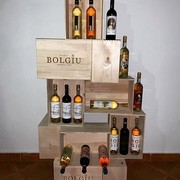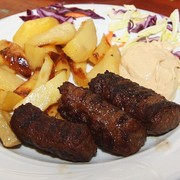To really understand Liguria you need to know this tree, so central to the culture of the peoples of the Mediterranean. One of the best ways to do this is to visit the exhibition that the Carli family dedicated to him: the Olive Museum of Imperia. Carlo Carli was an old-fashioned industrialist. Of those for whom profit counts but it is not the only thing, of those that when they leave, a whole city stops. It was he, in 1992, who wanted the objects related to the olive tree collected over the years by his family, to be exposed to the public in a museum. A celebration of the tree he loved and that had made his company known all over the world. But also the tribute to another great love of him, the province of Imperia.
The delightful Art Nouveau building of the 1930s that had been home to Fratelli Carli for many years became the headquarters of the Imperia Olive Museum. Over the years the museum has expanded, it has been embellished, and above all it has been projected into the future. But it also remained strongly attached to the passion of the founder and his family. Passion that emerges from the richness of the exhibits and the attention to detail. There are ceramics that come to touch, think, the sixth century BC. The set-ups are modern and engaging. If you think a museum is a boring or old-fashioned place, come and visit this and you will immediately change your mind.
The exteriors: visitors are greeted by a large car park which leads to a well-kept garden. Here we find the first objects that catapult us into the world of olive oil production. An imposing seventeenth-century Spanish oil mill, equipped with a huge press, immediately catches our attention. The Ligurian oil mill on the right dates back to the nineteenth century: the mill was turned by a donkey and the man-operated press. On the opposite side, a mill with cone-shaped millstones, which pushed the olive paste outwards thanks to this shape, is very particular. In the garden we also find two splendid ancient olive trees originating from southern Italy, as well as a series of ancient jars of different shapes, coming from various Mediterranean countries. From the outside space it is also possible to directly observe the interior of the current mill of the Fratelli Carli company.
The interior: the entrance to the Olive Museum of Imperia is embellished by a splendid stained-glass window designed by the famous illustrator Silvio Talman. At the center dominates the secular logo of the company: the child, obviously from Liguria, who pours oil from the demijohn. It seems to enter the olive tree cathedral ... The collection is organized into eighteen thematic spaces. The refined display techniques, multimedia and attention to visitor comfort make the Carli museum extremely pleasant to live. I absolutely recommend that you rent the audio guides provided at the reception.
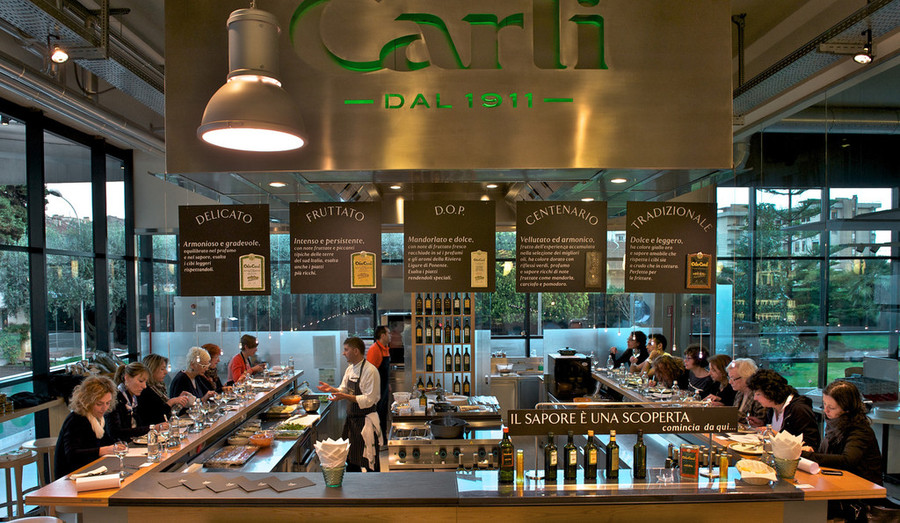
A museum for everyone: the modernity of the Olive Museum of Imperia is also witnessed by the presence of a path for the blind, which in various rooms have the possibility of a really interesting tactile experience through very different materials. They will be able to touch the cold cast-iron oil lamp of the nineteenth century, the seventeenth-century olive wood candelabrum, the various parts of the ancient Ligurian stripe and the "blood" mill, the jars and the oil measure in stone.
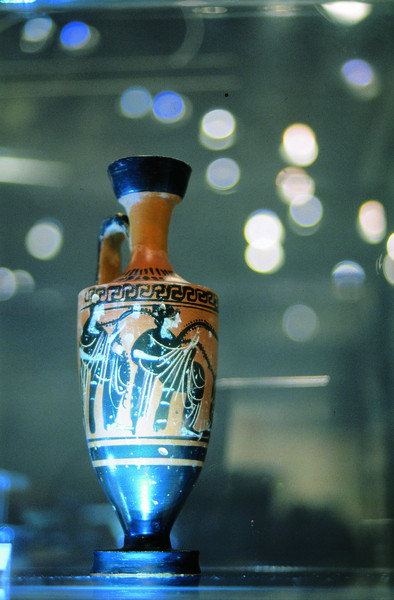
[Credit Facebook site]
Great attention is also given to children with the organization of many activities. At the entrance to the Museum, for example, they will have the opportunity to be involved in an exciting treasure hunt. Thanks to a map they will be able to search for ancient finds and eventually they will receive the certificate of "Noble Knight of the Olive Museum" to hang in their bedroom. But it's not over herewith. A special laboratory was also created, the oil workshop. Following the outline of Professor Olivio, a sort of Einstein in an olive key, they will be able to discover the world of olive oil learning to know it in a fun way, through sight, smell and taste. Eventually they will become skilled Oil Masters.
As you may have guessed, the Olive Museum of Imperia is certainly a must for tourists who want to discover Imperia's area.
[Tomorrow the second part with the description and explanation of the exhibition]

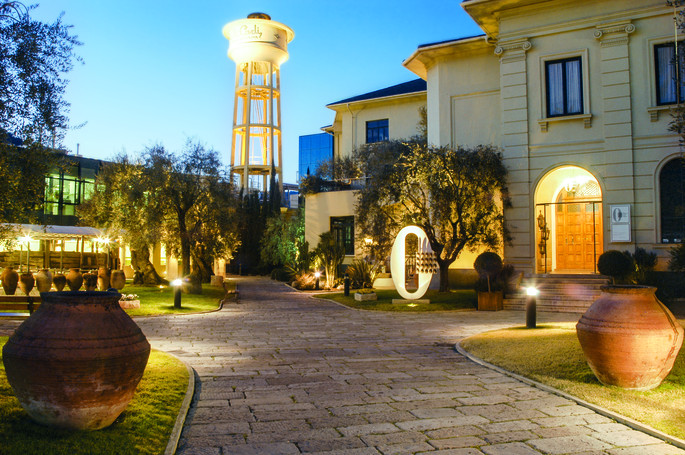










![Hanbury Gardens, itineraries for everyone all year round [Videos] Hanbury Gardens, itineraries for everyone all year round [Videos]](https://www.italyrivieralps.com/typo3temp/pics/g_a7708c6a79.jpg)




